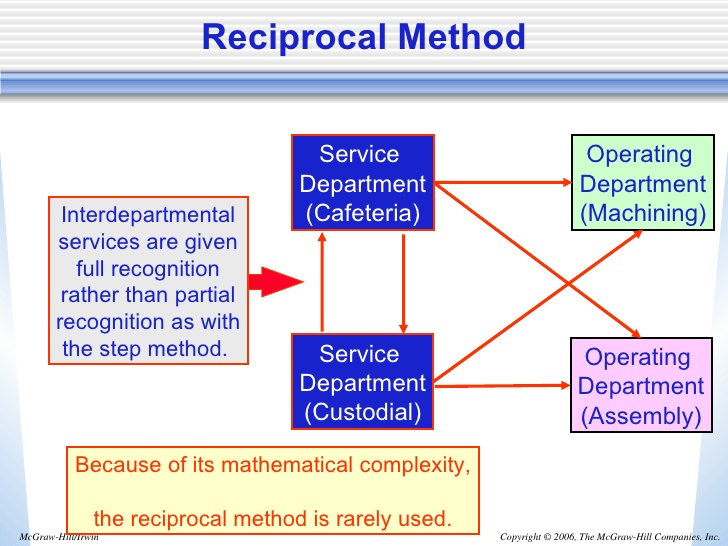Accounts Payable vs Notes Payable Top 6 Differences You Should Know
Content

That said, managing notes payable and particularly accounts payable can be challenging. Many companies struggle with handling invoices一both physical and digital. And they spend an extraordinary amount of time trying to ensure data from invoices are keyed into their system accurately. Some examples of accounts payable expenses might be new inventory, furniture or supplies, consulting services, or office-related utilities. While companies can handle accounts payable manually, it’s becoming increasingly common for smart companies to automate the processes tied to accounts payable. Purchasing a building, obtaining a company car, or receiving a loan from a bank are all examples of notes payable.
However, notes payable are always mentioned as liabilities on the balance sheet. The accounts payable and the notes payable also differ on the basis of the specific terms and conditions which are levied on them. Note payable is a written promissory note representing a loan from a bank or financial institution. In contrast, a bond is a debt issued to the public and considered security. Of accounting, notes payable will need to be supplemented with an interest payable account.
What is the difference between Notes Payable and Accounts Payable?
The invoice is linked to a purchase order, automatically matched, and immediately approved for payment. Invoice approval can extend to weeks when paper invoices are mailed to a remote location, then forwarded to accounts payable for processing.
- Another invoice processing method for recurring orders can involve ordering off a contract.
- For most companies, if the note will be due within one year, the borrower will classify the note payable as a current liability.
- No, technically notes payable and accounts payable are liability accounts, not expenses.
- With accounts payable, the amount paid for each item might change due to frequency of use.
Instead of matching to the PO, the match is to the contract, and the amount of the contract is automatically debited to keep an accurate account of the budget. For example, debt due in five years may have a portion due during each of those years. Each such portion would be considered current portion of long-term debt. Join our community of finance, operations, and procurement experts and stay up to date on the latest purchasing & payments content. Strong procure-to-pay management helps companies keep a rein on spending and creates an audit trail and a business case for every purchase. Procurement software can build these guardrails into the ordering process so your stakeholders can get what they need without overspending. LTNP funding allows businesses to plan beyond day-to-day operations and fund innovation and growth.
What Is Accounts Payable?
Many businesses operate across several sites and via separate departments that replicate similar activities. It is common for the same goods and services to be needed by these separate departments and sites. Without an established P2P process, each location may end up generating its own supply chain, which often leads to frequent errors. Notes payable generally accrue interest and have varying repayment periods. Structured notes have complex principal protection that offers investors lower risk, but keep in mind that these notes are not risk-free. The risk of a note ultimately depends on the issuer’s creditworthiness. Notes payables, a form of debt, are typically securities and they must be registered with the Securities and Exchange Commission and the state in which they’re being sold.
Accounts payable are always booked as a short-term liability on a company’s balance sheet. Notes payable is an account that tracks a company’s obligations to pay off specific amounts of more formal debts to banks and lenders within an agreed period of time. However, notes payable on a balance sheet can be found in either current liabilities or long-term liabilities, depending on whether the balance is due within one year. Accounts payable is always found under current liabilities on your balance sheet, along with other short-term liabilities such as credit card payments. Oftentimes people tend to use accounts payable and notes payable interchangeably. But beyond differences in payment due dates and scheduling, there are several ways to remember how to keep the two terms straight.
Definition of Account Payable
Notes payable are long-term liability accounts incurred through financing by banks and other lending institutions. Many business owners and managers assume accounts payable and notes payable are interchangeable terms, but they are not. Under this agreement, a borrower obtains a specific amount of money from a lender and promises to pay it back with interest over a predetermined time period. The interest rate may be fixed over the life of the note, or vary in conjunction with the interest rate charged by the lender to its best customers .

Accounts payable is also a liability account, used to record any purchases on credit from the business’s suppliers. Notes payable make up a common category of current liabilities as shown on the balance sheet. A note is a formal written commitment to repay debt with stated interest over a particular time frame. High levels of notes payable can restrict near-term https://business-accounting.net/ cash flow and make it difficult to keep up with other business expenses. They present less of a long-term threat for companies that can pay the notes as they come due. The term long-term notes payable refers to an agreement a company enters into with another party, which includes a formal written promise to pay pre-determined amounts on specific dates.
Business Case Studies
Notes payable include terms agreed upon by both parties—the note’s payee and the note’s issuer—such as the principal, interest, maturity , and the signature of the issuer. The Difference In Notes Payable Vs Long It is within an organization’s best interest to keep the overall cash conversion cycle in check and ensure that all liabilities are honored per their commitment.
How do we determine if a note is a short-term note payable or a long-term note payable within what timeframe is a short-term note payable due?
Definition and Example of Notes Payable
Notes payable payment periods can be classified into short-term and long-term. Short-term notes payable are due within one year. Long-term notes payable come to maturity longer than one year but usually within five years or less.
Determine the total bond interest expense to be recognized over the bonds’ life. Chris Kolmar is a co-founder of Zippia and the editor-in-chief of the Zippia career advice blog. He has hired over 50 people in his career, been hired five times, and wants to help you land your next job. His research has been featured on the New York Times, Thrillist, VOX, The Atlantic, and a host of local news. More recently, he’s been quoted on USA Today, BusinessInsider, and CNBC. Subcontracted work can also include consultants and freelance or contract workers that the company may hire.
AccountingTools
Purchasing a company vehicle, a building, or obtaining a loan from a bank for your business are all considered notes payable. Notes payable can be classified as either a short-term liability, if due within a year, or a long-term liability, if the due date is longer than one year from the date the note was issued. To make the best use of this strategy, you need strong visibility into procurement activities, and a granular understanding of your current liabilities.
It will also save organizations from potentially missing payments or owing more to the recipients in the long run. With a smooth process in place there will be less focus on playing catch-up with payments, and more time focused on the work that matters.